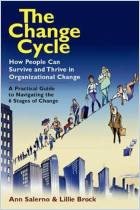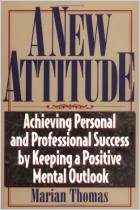Employees must deal with change, including turnover among their leaders and peers, potential mergers and acquisitions, competition, shifting economic conditions, and more. Human resources professional Peter R. Garber provides coping strategies for managing work and life transitions, and offers tips for discussing change initiatives with your employees. Garber doesn’t waste words, and his useful advice applies to both your professional and personal lives. getAbstract recommends Garber’s approach to managers who must communicate with their workers about upgrades, upsets and upheavals, and to the workers affected by them.
Positive or Negative, Change Is Inevitable
Positive workplace transitions may include new assignments or responsibilities, more efficient business systems, and increased profits. Negative shifts might portend job loss, unwanted transfers, difficulties with new bosses, and more. Workplace changes leave many employees angry, frustrated or confused, but numerous coping strategies can help.
“Wait and See”
Your initial reaction to shifting sands in your workplace may be emotional, but for your peace of mind don’t react quickly. Use a healthier strategy: the wait-and-see approach. Take a deep breath, close your eyes and count to 10 rather than venting your anger. You have the right to feel unhappy, but express your dismay only in a constructive way. Don’t ruin your relationship with your employer. Even if you move on, you never know when you’ll need something from a former supervisor or co-worker. When an executive announces corporate changes, listen to the rationale behind them. Reserve judgment until you understand how these modifications will affect you specifically.
Use the following seven strategies to avoid burning bridges:
Peter R. Garber, author of more than 50 books, is a human resources manager for PPG Industries, a manufacturing company based in Pittsburgh.


















Comment on this summary or Iniciar a Discussão